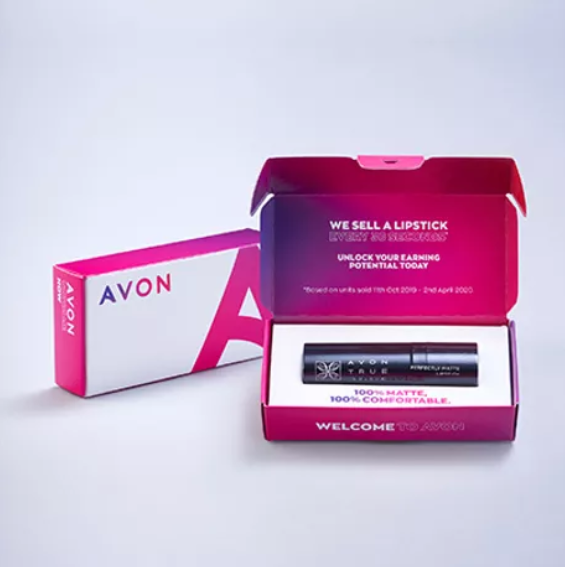10 Top Mobile Apps For Avon Starter Kits
How to Choose Your Kit Pick from a wide range of products that can be customized. Create team unity by creating personalized jerseys, shorts, and training tracksuits. The kit should include the personal locator beacon as well as satellite messenger as well as a tourniquet CAT. It is crucial to carry oral glucose if you are diabetic. Benadryl is a form of EpiPen and Benadryl for life-threatening allergies are crucial. What do you hope to get out of your kit? What type of equipment to purchase is a difficult choice. Consider first what kind of medical or trauma risks you face in the activities you take part in. If you're a walker, for instance, your gear might contain more supplies that are designed to deal with extreme temperatures or altitude than someone working at an office. Take into consideration where you'll keep your kit. A backpack, purse, glove box, or bug-out bags can hold different quantities of items. Take into consideration how you'd like to organize your kit. This will help you and others locate the things you need in a hurry. A well-organized emergency kit will help you save time and decrease stress. This is especially relevant if you combine related items (e.g. closures and bandages; gauze pads 4x4 and rolling gauze; SAM splints, for example). How well do you know? It's difficult to predict what you will need in the event of a crisis, therefore it is important to plan for the worst. You will be better prepared should you have to leave quickly if you keep items at home, office and vehicle. Put these items into an easy-to-carry bag so that they are easily accessible when you need them. This question will help you decide the kind of experience, end result and goal that you'd like to achieve through your project. Do you want a quick and simple project you can finish in a couple of hours or do you wish to test your skills with a more difficult design? The ideal kit will provide you with the materials along with the stitching experience and outcome you're looking for.  What is click the following webpage ? Risk assessments are an essential aspect of your work as a health and safety rep. Before any changes are made, risk assessments should be carried out on all activities. This is especially true when new products or details about hazards are made available. Plan the way you'll carry out the assessment and what resources you will require (e.g. Training, tools and equipment. Also, think about the laws, regulations, codes, standards and internal policies you must follow when conducting the assessment. Consider the long-term safety and health risks in your workplace. Talk to your colleagues who might have noticed something not immediately obvious. They can assist you in identifying potential issues. Data sheets and instructions from manufacturers can help to highlight the risks and provide context. Make sure to review your ill-health and accident records also – they could be very helpful in determining what types of risks are present at work. Use a comparative analysis worksheet to objectively assess and compare different kits on the market by how well they meet your stated requirements It is recommended to rank them in order of the importance. This is a document that you can refer back to in the future. The HSE does not require companies with more than five employees to record the most significant findings.
What is click the following webpage ? Risk assessments are an essential aspect of your work as a health and safety rep. Before any changes are made, risk assessments should be carried out on all activities. This is especially true when new products or details about hazards are made available. Plan the way you'll carry out the assessment and what resources you will require (e.g. Training, tools and equipment. Also, think about the laws, regulations, codes, standards and internal policies you must follow when conducting the assessment. Consider the long-term safety and health risks in your workplace. Talk to your colleagues who might have noticed something not immediately obvious. They can assist you in identifying potential issues. Data sheets and instructions from manufacturers can help to highlight the risks and provide context. Make sure to review your ill-health and accident records also – they could be very helpful in determining what types of risks are present at work. Use a comparative analysis worksheet to objectively assess and compare different kits on the market by how well they meet your stated requirements It is recommended to rank them in order of the importance. This is a document that you can refer back to in the future. The HSE does not require companies with more than five employees to record the most significant findings.